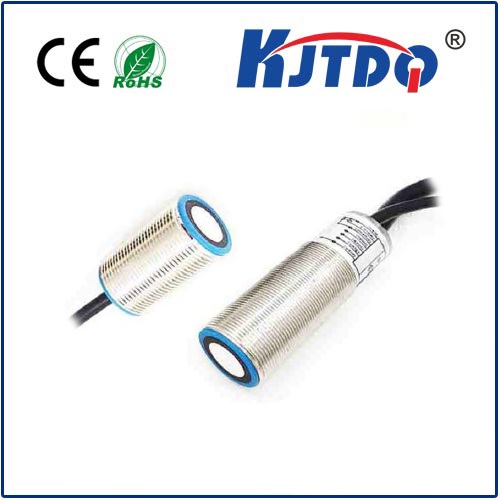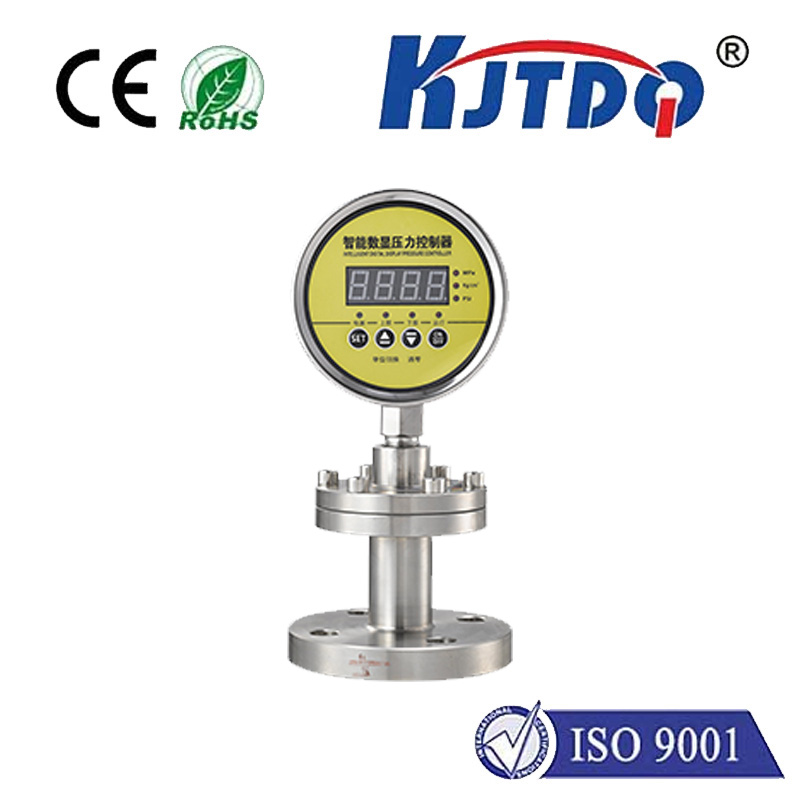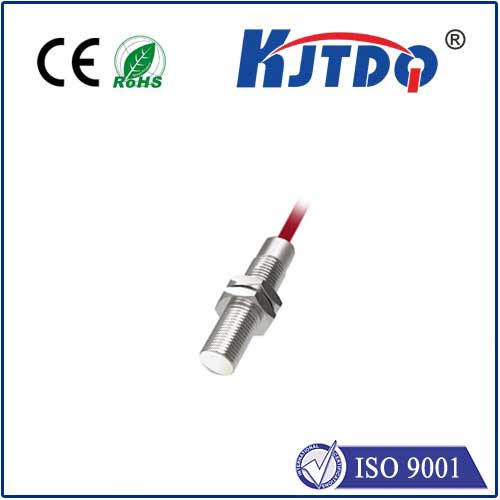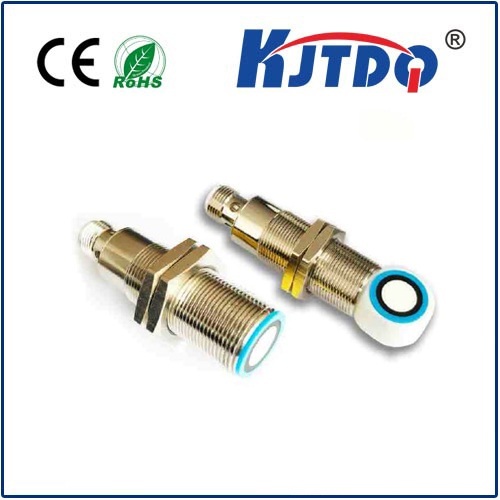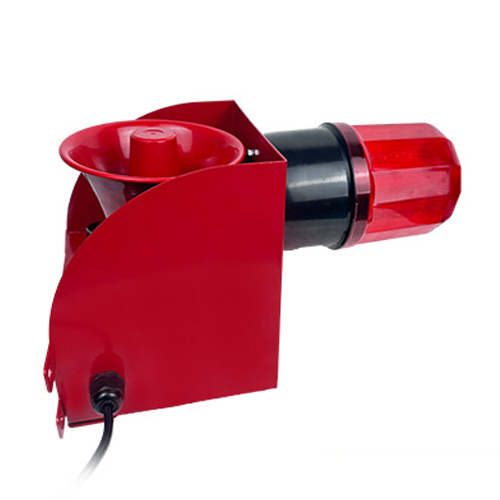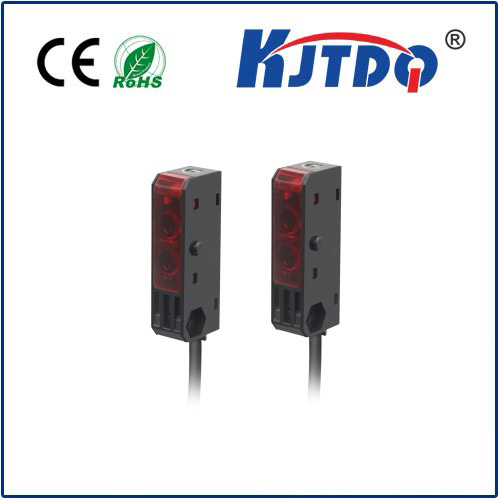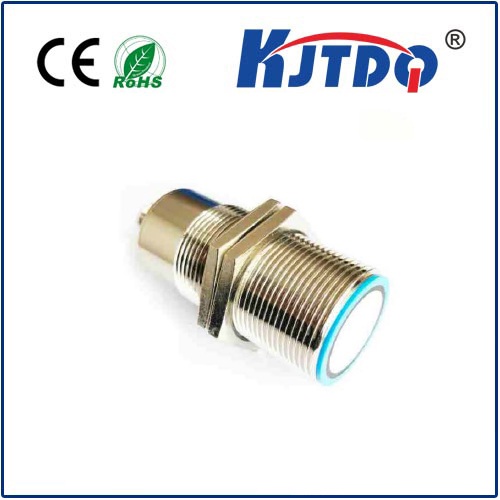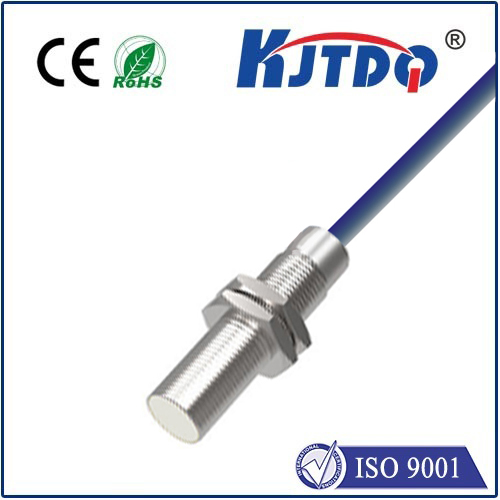

check

check

check

check

check

check

check

check

check

check
Title: The Innovation and Applications of PI1789 Pressure Sensor
In the rapidly advancing world of technology, pressure sensors have emerged as crucial components in numerous industries, including automotive, aerospace, medical, and industrial automation. One such remarkable innovation in this field is the PI1789 pressure sensor. This article delves into the specifics of this cutting-edge technology, elucidating its features, benefits, and potential applications.
Introduction to PI1789 Pressure Sensor
The PI1789 pressure sensor represents an advancement in sensor technology, designed to provide precise pressure measurements across a wide range of conditions. Developed with user needs in mind, it boasts high accuracy, reliability, and durability, making it ideal for various demanding applications where precision and consistency are paramount.

Advanced Features of PI1789 Pressure Sensor
At the core of the PI1789 pressure sensor is its ability to deliver highly accurate readings, ensuring that users can trust in the data it provides. Its robust build enables it to withstand harsh environments, while its low power consumption makes it suitable for portable devices and battery-operated systems. Furthermore, it comes equipped with digital output options, facilitating easy integration into modern electronic systems.
Benefits of Using PI1789 Pressure Sensor
One of the standout advantages of the PI1789 pressure sensor is its exceptional sensitivity, allowing it to detect even the slightest changes in pressure. This makes it particularly effective in scenarios where minute variations can significantly impact the outcome. Moreover, its quick response time ensures real-time monitoring, which is vital for dynamic systems where instant feedback is required. Users will also appreciate its cost-effectiveness without compromising on performance.
Potential Applications of PI1789 Pressure Sensor
Given its versatile nature, the PI1789 pressure sensor can be employed in a myriad of sectors. In the automotive industry, it can be utilized for tire pressure monitoring systems (TPMS), enhancing vehicle safety and efficiency. Within the aerospace sector, it is crucial for monitoring engine performance and ensuring the structural integrity of aircraft. In medical applications, it supports respiratory monitors and blood pressure gauges, contributing to better patient care. Furthermore, it finds use in industrial automation for controlling processes such as flow measurement and level detection.
Conclusion
The introduction of the PI1789 pressure sensor marks another significant milestone in the domain of pressure sensing technology. With its advanced features, notable benefits, and broad application scope, it is poised to revolutionize how pressure is measured and managed across various industries. As technology continues to evolve, so too will the applications for sensors like the PI1789, heralding a new era of innovation and efficiency.
In conclusion, the PI1789 pressure sensor stands out as a beacon of excellence in pressure sensing technology. Its blend of accuracy, reliability, and adaptability ensures its relevance in today's fast-paced technological landscape. As we look towards the future, the continued development and refinement of such sensors will undoubtedly play a pivotal role in driving progress across multiple domains.
